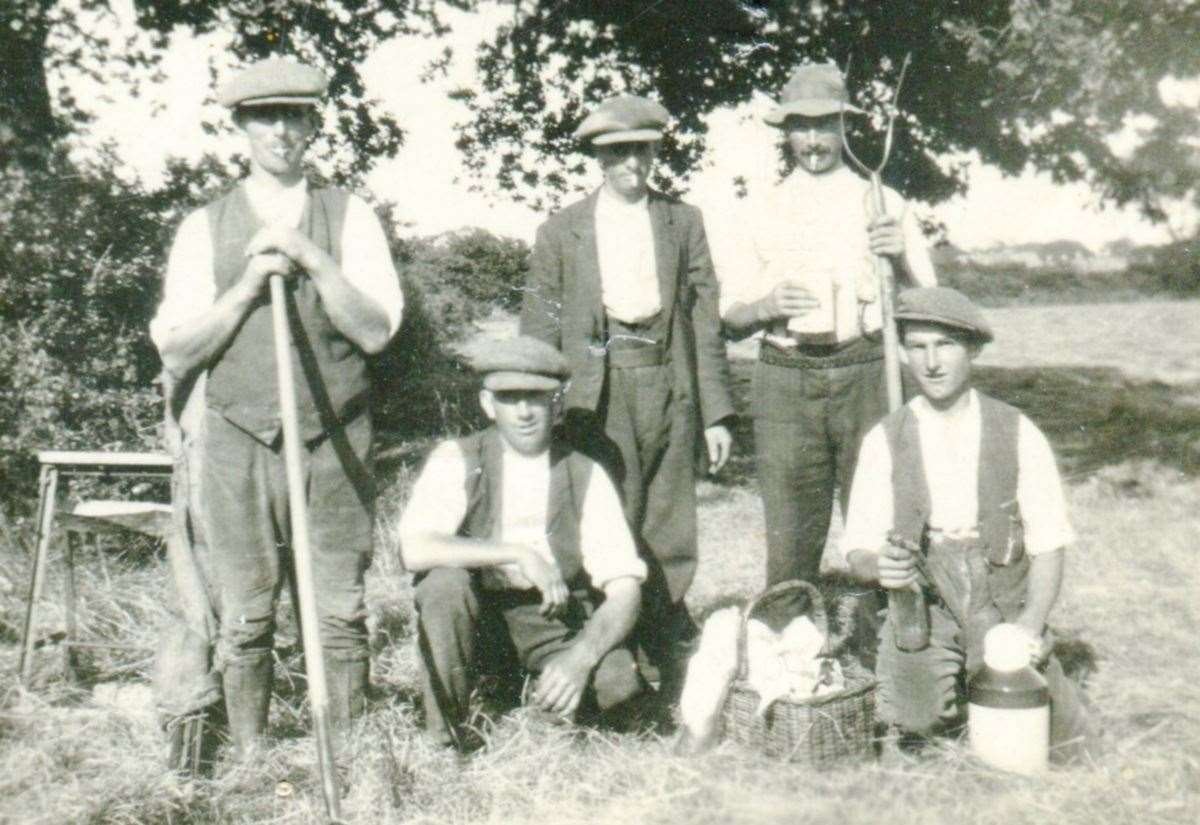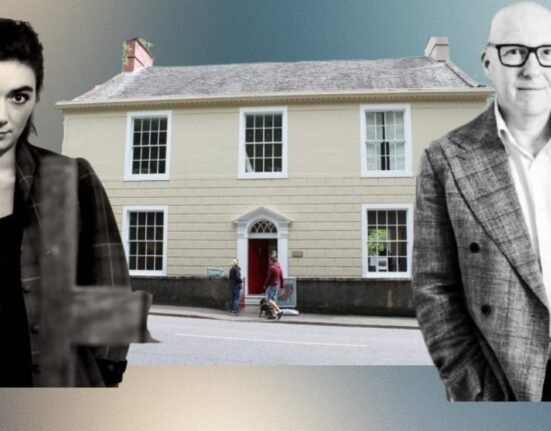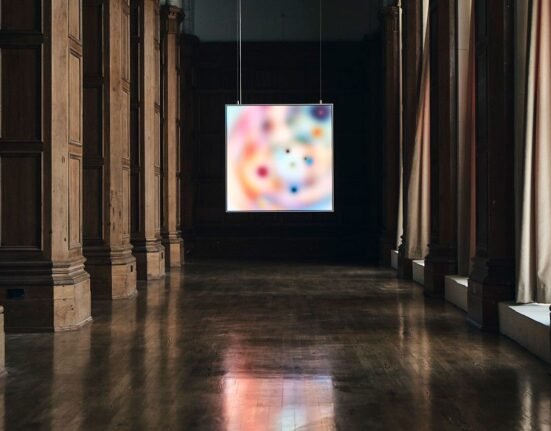The New Forest has always been a landscape in motion. On the surface, it may look like a place untouched by time, a quilt of heathland, woodland and pasture where ponies roam beneath ancient oaks, but look closer and it is clear that human hands, and particularly farming practices, have shaped almost every inch of it. For centuries, the survival of its villages and hamlets depended on how people managed the land, how they grazed their animals, cut their timber, harvested their hay and worked with, rather than against, the peculiar rhythms of this area of southern England.

Farming in the Forest has never been easy. The soils are light, sandy and thin, and the open commons provided little of the rich, arable ground that elsewhere produced golden crops. Yet ingenuity and tradition created a farming culture that was distinctive and marked by commoning – the age-old right of local people to turn out ponies, cattle, donkeys and pigs onto the open land. This practice, still alive today, not only gave families a means to supplement their livelihoods but also maintained the delicate ecological balance that makes the Forest unique. The grazing animals kept scrub in check, shaped the wood pasture and influenced the distribution of wildlife.
Artists, drawn to the countryside by its elusive mix of wilderness and workaday life, have long seen in farming as a subject rich with meaning. Their depictions are not simply of cows in meadows or hayricks in fading light, but of a way of life that is both timeless and fragile. From the early 20th century to the present, farming scenes have become a lens through which wider national anxieties and aspirations have been refracted.
The changing face of the fields

Across England, farming has historically occupied around 70% of the land. To paint the countryside was therefore almost inevitably to paint agriculture. In the New Forest, where fields abut heaths and forest lawns, this was particularly pronounced. For artists, these mosaics of enclosed pasture, hedgerows and scattered farmsteads became shorthand for an older England.
In the inter-war years, many artists portrayed farming scenes with a sense of nostalgia, even as the industry itself was in crisis. Cheap imports of grain and meat depressed prices and many farms went bankrupt. In the Forest, as elsewhere, abandoned land and crumbling buildings became part of the visual landscape. Yet to artists such as Stanley Spencer, Clare Leighton and Eric Ravilious, these very hardships translated into subjects of beauty and poignancy.
Etchers like Graham Sutherland and Robin Tanner, inspired by Samuel Palmer, conjured visions of a mythical rural idyll, as if farming were not an economic struggle but a poetic inheritance. Their works, like so many from that period, reflect a paradox: farming was in decline, yet it loomed large in the national imagination, painted as something quintessentially English.
War and work on the land
The Second World War transformed farming’s role in public life. Suddenly, the plough and the spade were as vital as rifles and ships. Feeding the nation became a patriotic duty. Women joined the Land Army, replacing men called up for military service. The Forest saw its share of young women learning to milk cows, drive tractors and harvest crops, often recorded in sketches and paintings that celebrated their contribution.
Artists such as Evelyn Dunbar captured these new wartime workers, while Edward Burra showed soldiers themselves lending a hand with harvests. Frank Newbould’s poster Your Britain: Fight for It Now harnessed farming imagery as propaganda, reminding city-dwellers and soldiers alike of the rural landscapes they were defending.
In the New Forest, wartime also meant further intensification: more land ploughed, more lawns dug up, more machinery brought in. These shifts, often made under emergency powers, left lasting marks. For centuries, farming had followed slow, rotational cycles, powered by horse and hand. Now a new age of mechanisation was arriving.
From horses to harvesters

The decades after 1945 saw the pace of change accelerate. Government policy abandoned laissez-faire in favour of intervention, subsidies and scientific improvement. The New Forest’s farmers, in common with larger-scale farms, were urged to embrace tractors, artificial fertilisers and pesticides.
Artists recorded this moment of transition. CF Tunnicliffe, himself deeply rooted in the countryside, sketched tractors and combines with the same attention once given to horses pulling ploughs. Claude Rogers and Norman Neasom depicted the everyday realities of mechanisation, machines that looked modern then but seem almost quaint to contemporary eyes.

By the 1980s, the visual record reflected a harsher reality. Prints by Carry Akroyd, for example, showed stubble-burning, boom sprayers and bulldozers – symbols of an agriculture that was efficient but often at odds with wildlife and tradition. In the Forest, commoning survived, but farming more generally was increasingly judged not by its picturesque qualities but by its yields.
Decline and rediscovery
As farming modernised, its appeal to artists diminished. Post-war art was turning towards abstraction, pop and conceptual practice. Rural life, once so central, risked becoming unfashionable subject matter. Yet not everyone looked away. Some, like Sheila Fell and John Piper, brought intimate knowledge of farming to their work. Stanley Anderson remained fascinated by its rhythms and rituals.
Illustrators also played their part. The wood engravings of Gwen Raverat or the precise naturalist eye of S. R. Badmin enriched books about rural life by writers such as Adrian Bell, H. J. Massingham and A. G. Street. Generations of children, meanwhile, absorbed idealised images of farming through Ladybird books illustrated by Tunnicliffe – cows in fields, lambs in spring and red tractors under wide skies.
The new century
Today, farming in the New Forest remains a mixture of continuity and change. The commoners’ ponies still shape the heathlands, and family farms persist. But modern challenges are formidable: global markets, climate change, and a growing awareness of biodiversity loss. The tension between tradition and innovation has never been more acute.
Artists, once again, are taking notice. In recent years there has been renewed interest in the rural landscape as a subject, not in a nostalgic sense but as a space where urgent environmental questions play out. Works by Chris Drury, Julian Opie, Kurt Jackson and Kate Lynch provide a fascinating examination of farming. Some explore the contrasting paths of intensive agriculture and regenerative, organic approaches. Others focus on the lived realities of people still working the land.
The New Forest, with its rare continuity of commoning practice, provides a striking counterpoint to industrial farming elsewhere. For artists, it remains a living laboratory of how people and land can coexist.
Art as chronicle

To trace the history of farming across Britain, through art, is to glimpse not just how the land looked, but how people felt about it. Artists have acted as chroniclers, whether they intended to or not. They recorded the tilt of a plough horse’s head, the stoop of a Land Girl in wartime, the rumble of a combine harvester in the 1950s, the acrid smoke of stubble-burning in the 1980s.
What emerges is not a single story but a layered one: of hardship and resilience, nostalgia and critique, loss and renewal. Farming has been cast as both the emblem of continuity and as the site of dramatic transformation. In the New Forest, those tensions have always been close to the surface, for this is a place where the past never entirely retreats, yet the future presses in.
An exhibition just opening at St Barbe Museum + Art Gallery in Lymington reflects this sweep of history. The Life of the Fields brings together works from Tate, Royal Academy, Government Art Collection, Museum of English Rural Life and private lenders. It gathers the artists who have wrestled with farming’s image over the past century – those who saw beauty in derelict barns and those who marvelled at the power of new machinery; those who romanticised the plough horse and those who questioned the ecological costs of industrialised farming.
The inter-war years, when agriculture was in depression, emerge as a heyday of rural depiction. The war years are shown through the lens of patriotism and necessity. The post-war decades are represented with both optimism about productivity and unease about what was being lost.
Contemporary works reflect the dilemmas of our own era: how to feed a growing population while protecting the very landscapes and ecosystems on which farming depends.
A shared heritage
For the New Forest, exhibitions like this offer more than an artistic survey. They remind us that farming here has always been more than an occupation, it is a way of life woven into the landscape itself. The ponies on the heath, the cattle in the woods, the hay meadows by the river: these are as much cultural artefacts as they are ecological ones. Artists, by turning their gaze upon them, have helped fix them in the national imagination.
Farming in the New Forest is not static. It has shifted with markets, wars, governments and machines. Yet its essence, the relationship between people and land, remains. Through art, we can see both the continuity and the change. We can see the fields as they were, as they are, and as they might yet be. And in doing so, we are reminded that the story of farming is not just one of food production, but of identity, memory and belonging.







